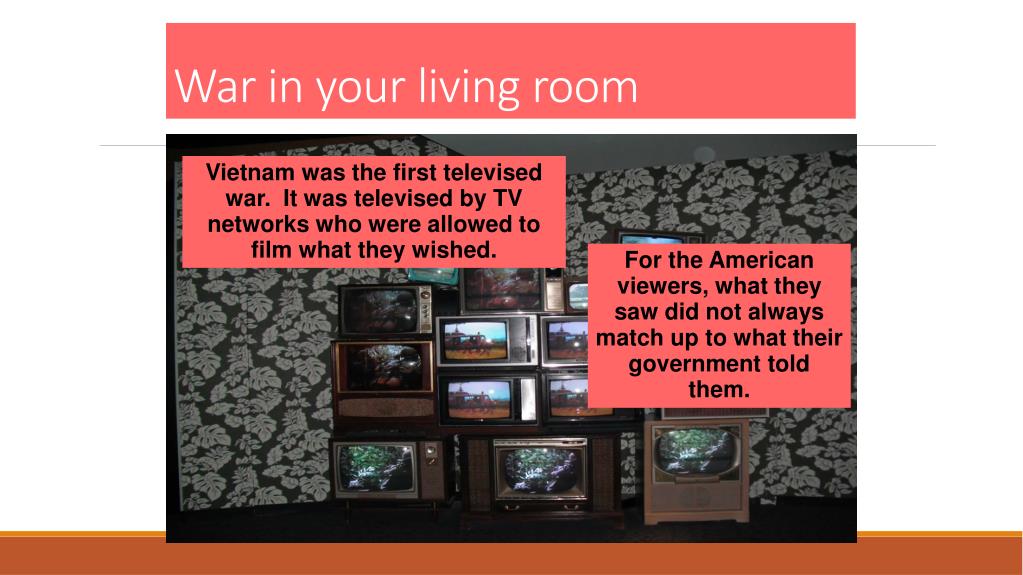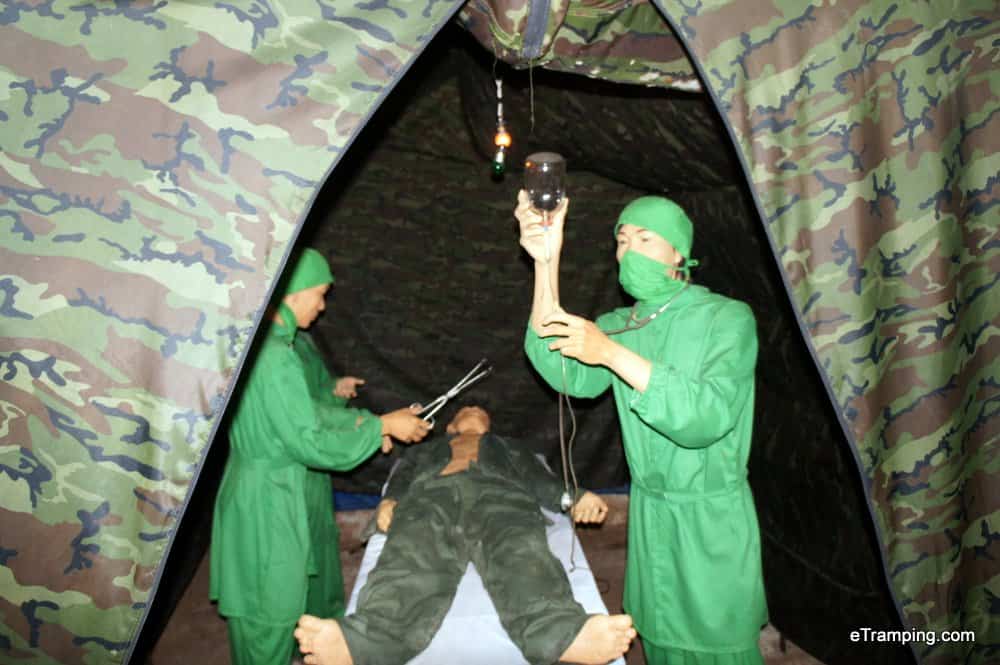

Americans could watch the war unfold on their living room TVs, and they could see the horrors of the war firsthand. So what does it mean to call the Vietnam War the “Living Room War?” The term is used to describe the fact that, unlike World War II, the Vietnam War was fought mostly on television. The Vietnam War has been called many things: “The Forgotten War,” “The Unnecessary War,” and “The War We Lost.” But one term that is not often used to describe the Vietnam War is “The Living Room War.” This term was first coined by historian and political commentator, James Reston, in a 1971 New York Times article. But with the Vietnam War, people could see the devastating effects of the conflict on both the soldiers and the civilians.


In the past, wars had been fought behind closed doors, and the general public only heard about them through news reports. It was also the first time that the general public was able to see the brutality of war firsthand. Americans could watch the war unfold in their living rooms, and this brought the conflict much closer to home. The Vietnam War was more commonly known as “The Living Room War” because it was the first conflict that was broadcast into people’s homes on television. Considering the Enduring Legacy of the Term “Living Room War”.Reflecting on the Emotional Connection and Viewer Engagement.Assessing the Influence of Television in Shaping Public Perception of the War.Examining the Use of Graphic Images and Real-Time Reporting.Analyzing the Impact of Television on Public Opinion.Understanding the Accessibility of News Coverage in American Homes.Exploring the Role of Media Coverage in the Vietnam War.


 0 kommentar(er)
0 kommentar(er)
